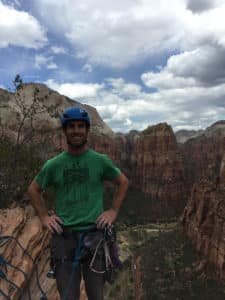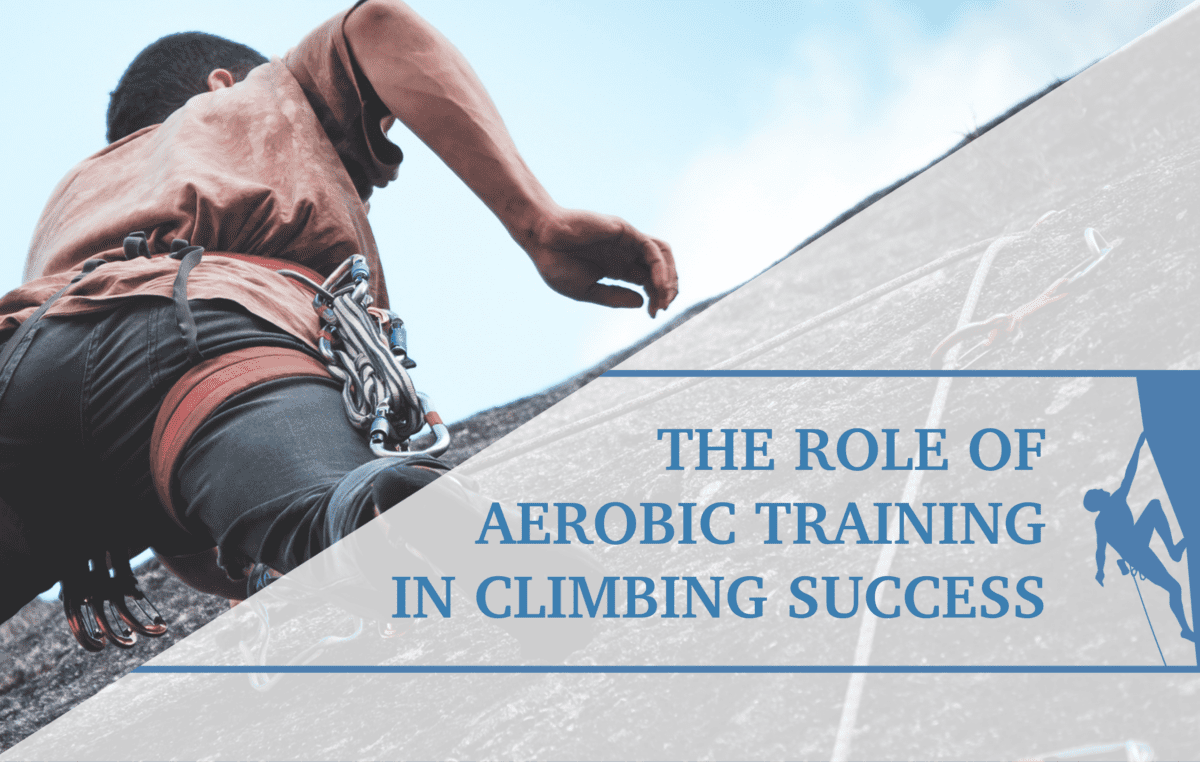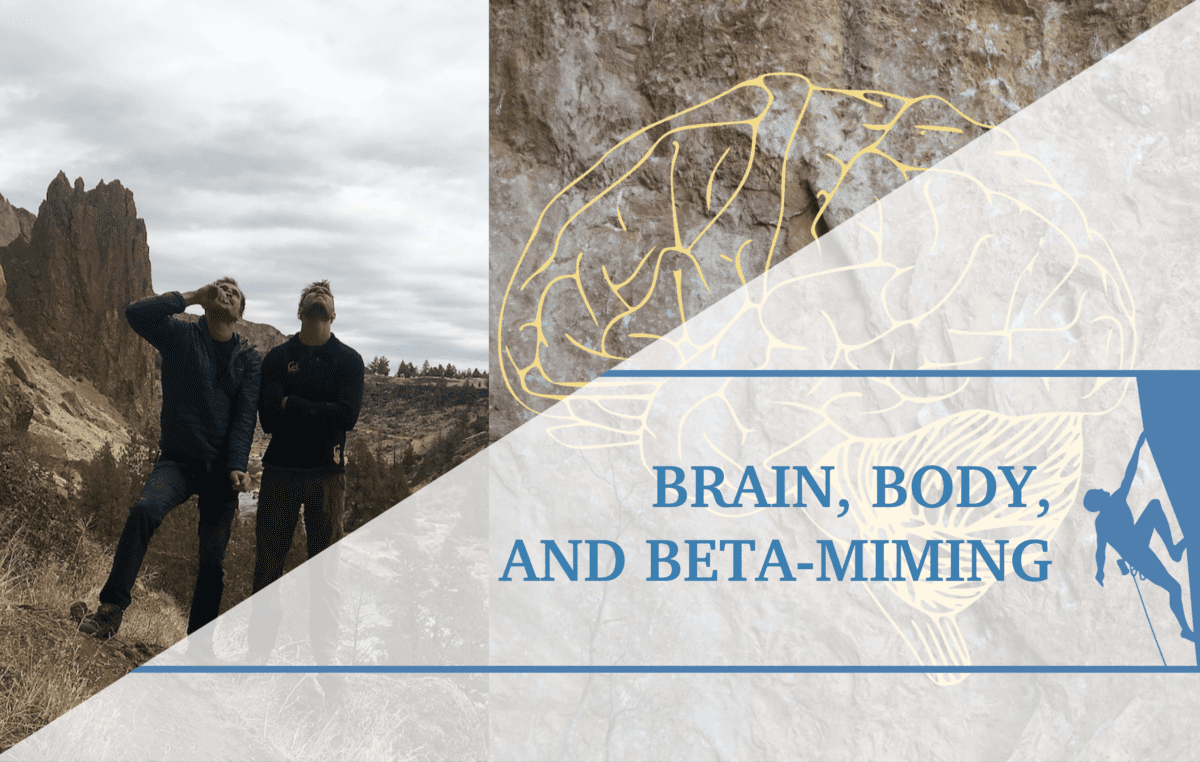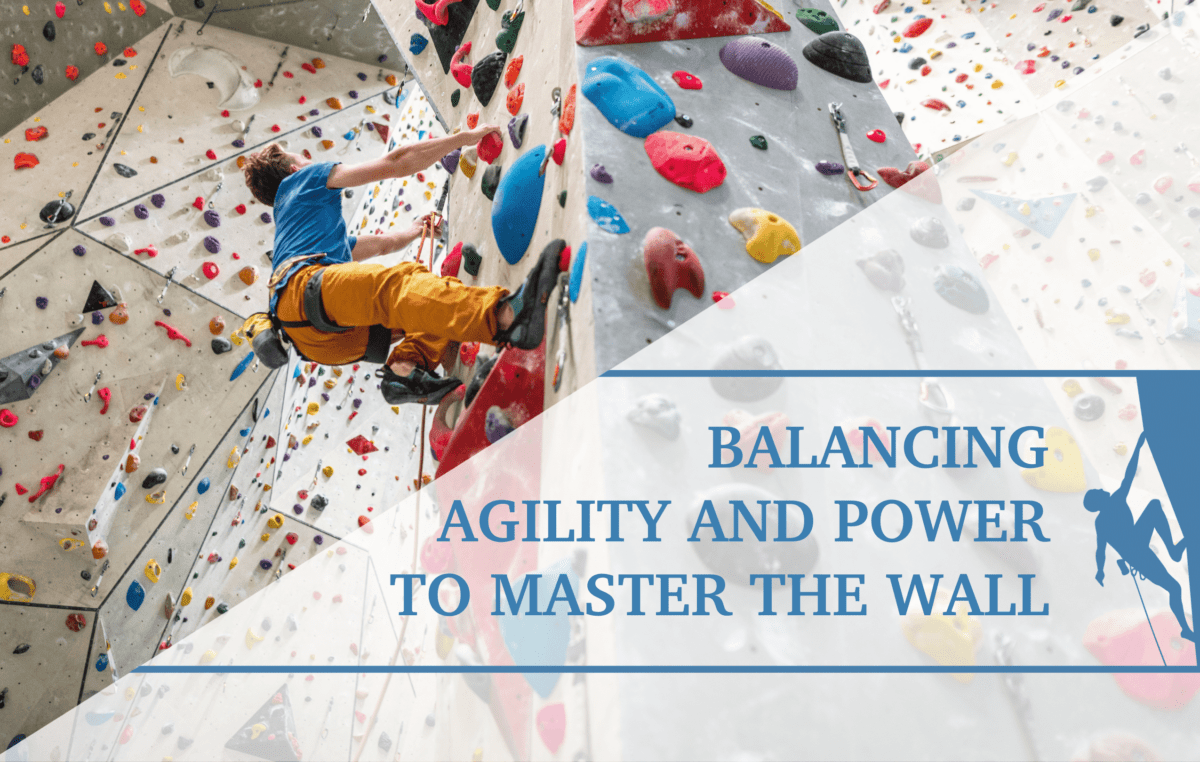Preparing to Try Hard Part 1: Isometric testing and PAP for coaches.
Performance at the crag or in a competition is a direct representation of athlete preparation. Preparation includes both the cognitive and physical capacities of an athlete. Unfortunately it is hard to predict which one is more important on any given day and between athletes on the same team. For those of us that have “left it all on the table” during a training day know how inseparable these two facets of performance can feel sometimes. Was it our mental game or our physical limitations that shut us down on the project? This seems like common sense but it has been my experience that athletes don’t really know how hard they can try, and unless we as coaches push them they never will. This article has two primary goals. First to explain and explore the idea of isometric testing for the climbing athlete and second to introduce post activation potentiation (PAP) as a mechanism coaches can use to optimize neural recruitment prior to training days requiring maximum intent. Note: this type of training day does not and should not be everyday unless you’re in a specific performance phase. Trying your hardest everyday, over many training cycles, is a common cause of overtraining syndrome.
Musculoskeletal force overview and the length-tension curve:
Muscle strength is a product of the force generated by a muscle group (different muscles and their respective motor units) and the displacement of a given resistance. The force generated depends on the resistance (load), muscle group used, joint angles, type of contraction, motor units recruited, and the emotional and training status of the athlete. If the force generated is enough to overcome the resistance the load is moved, the muscle shortens, and its respective joint angle is reduced. In the case of climbing the resistance is the weight of the body and the displacement is the movement upward with each move. In order to improve maximum muscular force for our sport we add resistance to movements that mimic those we perform on the wall, or we add weight to the body.
Let’s use the regular grip pull-up as an example. When we bring the head over the bar from the starting position the force generated comes primarily from the elbow flexors, shoulder extensors, forearms, and the abdominal wall. By doing this we overcome the resistance and reduce the angles at the elbow and shoulder joint as well as shorten their respective muscle fibers. We term this movement concentric and it has an intermediate energy demand. When we lower our head below the bar back to the starting position we are doing the opposite, lengthening the muscle fibers and increasing joint angles. We call this movement eccentric and it has the largest energy demand. Together these two actions are termed isotonic, which implies that the force generated is enough to overcome the resistance (the body weight in this case) and there is a change in length of the muscle.

Figure 1: Types of muscle contractions
Most climbers can do body weight pull-ups easily so we must add weight to the body to make the resistance greater. When we add resistance we use the same muscles but we use additional neurologic mechanisms (motor unit recruitment, temporal and spatial summation, and rate coding) to generate more force within the same muscle groups. This is the goal of progressive overload. If we continue doing this slowly over a training cycle we force the body (muscle groups, nervous system, connective tissues) to adapt to this new stimulus. Now imagine you increased the load on your harness such that you are no longer able to generate enough force capable of overcoming the resistance. When the force generated to move your body above the bar is no longer greater than the resistance (load on your harness) the muscles generate tension without shortening. This is called an isometric and has the smallest energy demand of all three. If the resistance during a given movement cannot be displaced by the force generated the nervous system will continue to recruit motor units beyond its current maximum for approximately 10-12 seconds. This happens as long as the athlete is trying as hard as they can.
If you’ve ever tried to perform a 1-repetition max you’ve noticed that there is a certain joint angle and muscle length that is the most challenging to overcome. With isotonic exercise we call this the sticking point. The sticking point represents that brief period between the eccentric (lengthening) and concentric (shortening) phases of a movement and represents an isometric phase. The reason this sticking point is so tough to overcome is because it happens at joint angles and muscle lengths (length–tension relationships) that are not optimal for force generation. Muscles shortened or lengthened maximally have fewer protein fiber attachments and can generate less force. It is easy to notice the sticking point when watching an athlete perform a PR on the barbell back squat. They can lower the weight without assistance but they cannot overcome the isometric force needed to return the muscles back to the concentric phase of contraction and stand up. In our pull up example the sticking point is that point from near full extension to 120 degrees of elbow flexion. Between 120-90 degrees of elbow flexion our muscles return to their resting length, which is where they generate the most force. It can be tricky to compare these two movements because we start a pull-up from an elongated position but the same principles apply.

Figure 2: Length-tension curve
Current trends in sports performance:
There has been a resurgence of interest in the sports science literature that training isometrics has some real transfer to performance. It is my suggestion that by training athletes in these tough joint angles we can have a direct effect on maximum force production, and thus power. It requires that we get athletes comfortable with the idea of not moving the load, and trying as hard as they can. This is where isometric testing and quantification becomes relevant. When athletes know that they’re performing a movement in which the load is greater than their effort all they can do is try as hard as they can for a set period of time. This seems dangerous at first, and athletes are often not comfortable with this notion but this is when quantifying becomes necessary. This is very surprising and motivating for athletes.
Using a force plate is the gold standard in measuring force generated during athletic movements but in this article I cover an affordable piece of equipment coaches can use to test climbing athletes in optimal joint angles and positions for improved performance. This method has recently been demonstrated to be valid, reliable, and affordable.

Figure 3: Klau 1000kg crane scale
Climbing movements:
If we break climbing down into primary joint movements we can use these to test and train safely using isometrics. The movements I suggest using include:
- Horizontal pull with a bar
- Vertical pull with a bar
- Vertical pull with specific hand positions
- 1-arm vertical pulling with bar
- Hip extension at varied joint angles (mid, low, high)
- 1-leg hip extension at varied joint angles (mid, low, high)
I personally am hesitant to test and perform maximum isometric testing one arm at a time with specific finger positions. That is left to your own discretion and expertise as a coach or athlete. The angles at which you put each joint during these isometrics is really up to the needs of the individual (where they feel weak, specific crux on their project, sticking point etc.) but it is important to try and keep it as consistent as possible between sessions or testing.
Testing procedures:
Before testing it is very important that the athlete is warmed up properly by performing similar movements and slowly increasing the loads to near maximum levels. Once ready you should test an athlete as follows:
- 3-4 attempts at each movement
- 5-8 second isometric at maximum effort
- 30 second rest between each similar movement
- 2-3 minute rest between new movements
You can average the scores for each movement or take the athletes highest score. The important thing is you stay consistent with your follow up testing. You will notice a sharp reduction in power output after 3-4 attempts of a given movement, which is to be expected.
Using maximum strength to assess fatigue:
Once you have a baseline measurement on an athlete (their maximum or average isometric strength) you can quickly and efficiently test athletes prior to training sessions to measure neural fatigue. If your program has a scheduled power training session and maximal strength is reduced by 15-25% then you need to have flexibility built into the program that allows athletes to change goals for the day. Training power on that day would be less helpful than pushing it back another day or two. This is especially important for vertical pulling with specific finger positions.
Maximum intent and athlete readiness:
Maximum intent means that athletes are giving 100% with every movement, on every effort. If we are trying to train power and we can’t produce maximum force, our velocity drops and we are no longer targeting the specifics of the plan. Before session testing hopefully can better help coaches quantify athlete readiness to perform maximum work. Until we get better at this athletes will continue to under perform on programs and possibly get injured due to neural and physical mechanisms.
The term post activation potentiation (PAP) implies that the nervous system has already been activated. We have warmed up the athlete (both general and specific) and they are performing, in the physiologic sense, submaximal or near-maximal work. Next, our goal is to potentiate (increase the effect of) the nervous system at those critical joint angles (sticking points) so we can create maximal force and speed when climbing. This is when we want the neural mechanisms mentioned previously to reach their maximum potential.
Post activation potentiation setup and example:
Lets assume a program has in it some limit bouldering and campus plyometric movements that require maximum recruitment and high rates of force development (RFD). After the athletes warm-up you’ll then have the athlete perform:
- 4-5 exercises
- 3 sets of 5 second isometrics with maximum intent
- 20-30 sec. rest between each set (cluster sets)
- 2-3 minutes between each exercise
When we use muscle actions that are less demanding (isometric) with clustered repetitions we allow the local lactic and phosphagen energy systems to activate, but also to recover. This allows the athlete to perform every attempt at maximum capacity. The goal is not to create fatigue but to “prime” the nervous system to perform maximal efforts before climbing specific training. If you’re able to maintain a measuring device at multiple stations that would be optimal so athletes can quantify their readiness for training. Either way athletes must be comfortable with the isometric setup and the idea of pulling against total resistance.

Figure 4: Horizontal pull with bar

Figure 5: Half crimp vertical pull

Figure 6: Vertical pull with bar

Figure 7: 1-arm vertical pull with bar (R)

Figure 8: 1-arm vertical pull with bar (L)

Figure 10: Below knee hip extension

Figure 9: Mid-thigh hip extension

Figure 11: Single-leg hip extension
Feel free to contact me with any questions at camp4performance@gmail.com or Instagram message me @C4hp.
Author Bio:

Tyler Nelson owns and operates a chiropractic sports medicine clinic and strength & conditioning business in Salt Lake City. While earning his doctoral degree, he completed a dual program masters degree in exercise science at the University Of Missouri. While in graduate school he worked with the University of Missouri athletics department and currently is employed through two colleges in Utah. He teaches anatomy and physiology at a community college and works as a team physician for the Brigham Young University athletics department. He is certified through the National Strength and Conditioning Association as a Certified Strength and Conditioning Specialist and spends any extra time in his life with his three kids or trad climbing in Zion National Park. He has been climbing for 17 years and gravitates toward all day adventure climbing. His expertise in human physiology and cutting edge knowledge of strength and conditioning science is what drives him to always challenge the norms in training.
Camp4 Human Performance
Tyler Nelson DC, MS, CSCS
@C4HP
- Disclaimer – The content here is designed for information & education purposes only and the content is not intended for medical advice.




